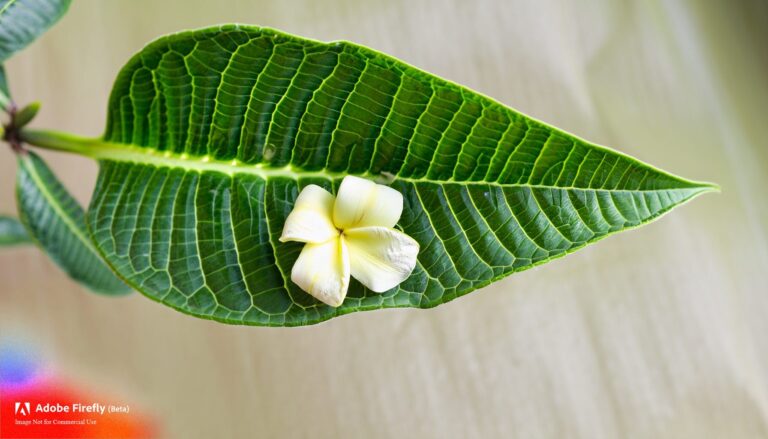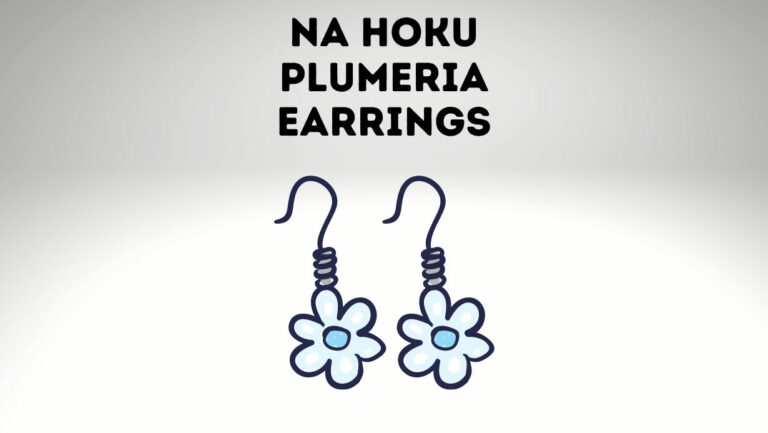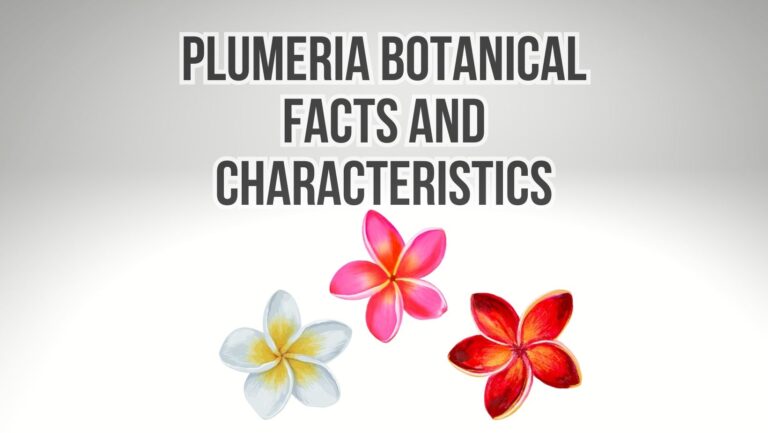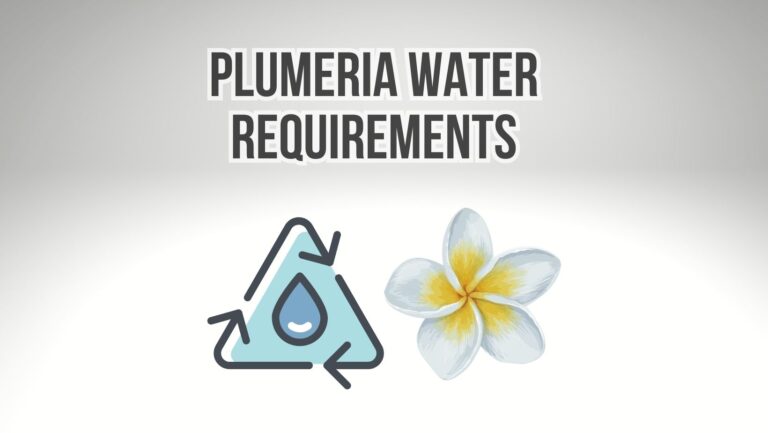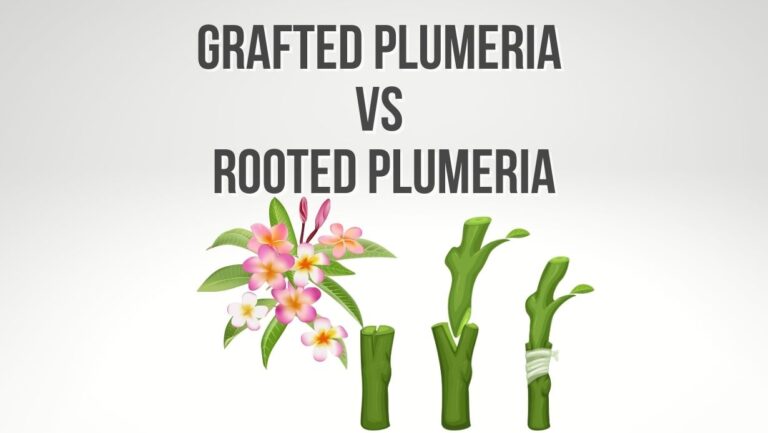
No, plumeria (Plumeria spp.) is not considered invasive in most regions. Plumeria plants are native to tropical and subtropical regions, primarily in countries like Mexico, Central America, and the Caribbean. They have been widely cultivated and admired for their beautiful flowers and fragrance. In areas where plumeria is not native, it is typically grown as an ornamental plant and is not known to pose a significant threat to local ecosystems. However, it’s always important to check with local authorities or extension services to ensure that there are no specific regulations or concerns regarding plumeria cultivation in your specific region.
Can I Plant Plumeria Close to the House?
Yes, you can plant plumeria close to the house. Plumeria plants can be grown in containers or in the ground, depending on your preference and the specific growing conditions. When planting plumeria near the house, ensure that there is enough space for the plant to grow and that it won’t cause any physical damage to the structure.
Plumeria plants are generally well-behaved and don’t have invasive root systems that can cause damage to foundations or underground structures. However, it’s always a good idea to maintain some distance between the plant and the house to allow for proper air circulation and prevent any potential issues with moisture or pests.
Is Plumeria Plant Safe?
Yes, plumeria plants are generally safe. However, it’s important to note that certain parts of the plumeria plant, such as the sap and latex, can be mildly toxic if ingested. It’s advisable to handle plumeria plants with care, especially when pruning or propagating, and to wash your hands thoroughly after contact. It’s also a good practice to keep plumeria plants out of the reach of children and pets. If you have any concerns about allergies or sensitivities, it’s recommended to consult with a healthcare professional.
Where Should You Plant Plumeria?
Plumeria plants thrive in warm, tropical, or subtropical climates and require plenty of sunlight to bloom and grow properly. When choosing a location to plant plumeria, select an area that receives at least 6-8 hours of direct sunlight daily. Plumeria plants also prefer well-draining soil, so make sure the planting site has good drainage to prevent waterlogged conditions.
It’s best to plant plumeria in a spot sheltered from strong winds, as excessive wind can damage the delicate branches and flowers. Additionally, ensure that the planting site provides adequate space for the plumeria to grow to its full size, as these plants can reach heights of several feet.
Are Plumeria Roots Destructive? Are Plumeria Roots Invasive?
No, plumeria roots are not typically considered destructive or invasive. Plumeria plants have relatively shallow root systems that spread out rather than deep into the ground. While the roots can sometimes appear thick and fleshy, they are generally well-behaved and do not cause significant damage to structures or underground utilities.
However, as with any plant, it’s important to consider the proximity of plumeria roots to foundations or other structures. It’s advisable to maintain a safe distance when planting plumeria to prevent any potential issues in the long term. Regular monitoring of the plant’s growth and root spread can help ensure it remains in a suitable location.
Do plumeria trees have deep roots?
Plumeria trees do not typically have deep roots. Their root systems tend to be shallow and spreading rather than deep. The roots of a plumeria tree are generally concentrated in the top few feet of soil. This is why plumeria trees are often well-suited for container gardening, as their root systems can be accommodated in relatively small spaces.
It’s important to provide well-draining soil and adequate space for the roots to spread when planting plumeria trees. Additionally, regular watering and proper irrigation practices are essential to ensure the health and vitality of plumeria trees, as their shallow root systems require consistent moisture.

